Once Kindergartners determined that some fabrics are absorbent and others are waterproof, they knew Mrs. Brinza was up to no good. Imagining one day that she would be so clumsy that she spilled her water everywhere, she would need to clean up the spill with the fabric that was the most absorbent!
Creating the absorbency test with Mrs. Brinza, Kindergartners determined that they could measure just how much water a piece of fabric could hold. Squeezing pipettes of water onto three different fabric samples, they counted the number of squeezes of water the fabric could hold before it appeared in the transparent vial below.
They graphed their results to see that one fabric could hold three squeezes, another two squeezes, and the last one only one squeeze. If fabric can hold more squeezes of water, then the fabric is more ______________! Can you figure it out?
Creating the absorbency test with Mrs. Brinza, Kindergartners determined that they could measure just how much water a piece of fabric could hold. Squeezing pipettes of water onto three different fabric samples, they counted the number of squeezes of water the fabric could hold before it appeared in the transparent vial below.
They graphed their results to see that one fabric could hold three squeezes, another two squeezes, and the last one only one squeeze. If fabric can hold more squeezes of water, then the fabric is more ______________! Can you figure it out?
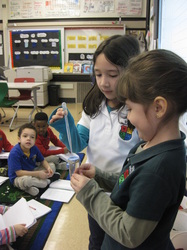
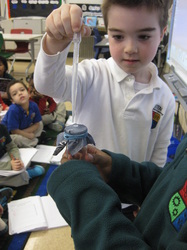
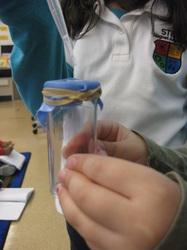
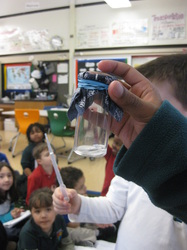
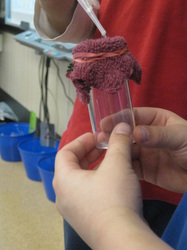
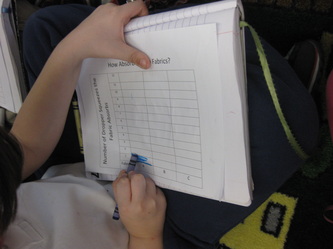
 RSS Feed
RSS Feed